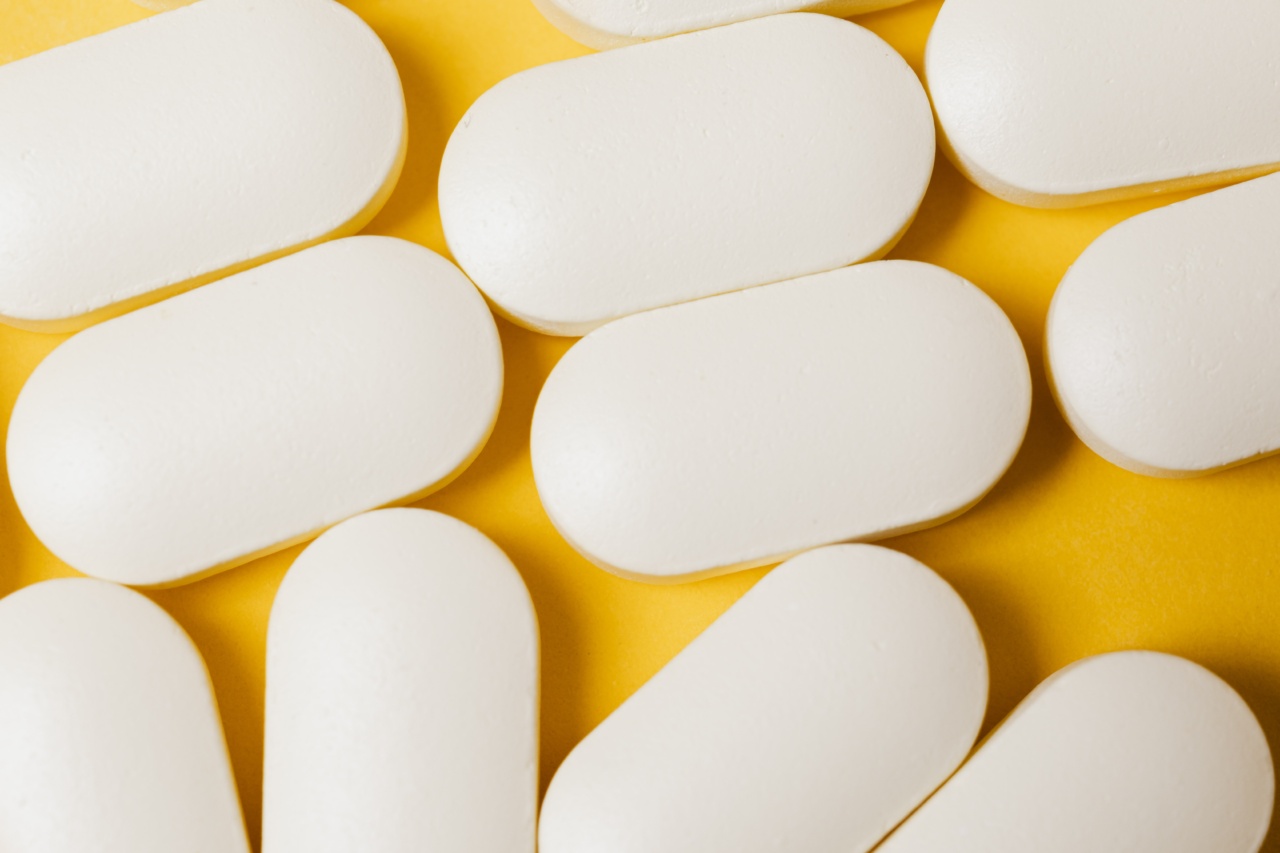Burn injuries are a significant health concern, causing physical and psychological trauma to patients. Recovery from burn injuries is a complex process that involves various physiological mechanisms.
One crucial factor that has gained attention in recent years is the role of Vitamin D in burn recovery. Vitamin D, also known as the sunshine vitamin, is a fat-soluble vitamin that plays a vital role in bone health, immune function, and overall well-being.
Understanding Burn Injuries and Healing Process
Burn injuries can range from minor first-degree burns to severe third-degree burns that affect multiple layers of the skin, underlying tissues, and even organs.
The severity of the burn determines the healing process and the time it takes for the body to recover.
The human body has a remarkable ability to heal itself. The healing process involves four main stages:.
Inflammatory Stage
Immediately after a burn injury, the body initiates an inflammatory response. This stage involves the release of various chemical mediators, immune cells, and growth factors to the injured site.
The inflammatory response helps remove damaged tissues and prepare the wound for the next stage of healing.
Epithelialization Stage
During this stage, new cells called keratinocytes migrate from the wound edges to cover the open area. These cells divide and multiply, forming a new layer of epithelium.
The formation of granulation tissue, consisting of connective tissue and blood vessels, also occurs in this stage.
Remodeling Stage
In the remodeling stage, the newly formed tissue undergoes structural changes and maturation. Collagen, a critical protein that provides strength and stability to the skin, is reorganized, increasing the wound’s tensile strength.
The final scar formation and remodeling of blood vessels occur in this stage.
The Role of Vitamin D in Burn Recovery
Vitamin D regulates various processes in the body, including the inflammatory response, immune function, and tissue regeneration.
Several studies have suggested that maintaining optimal levels of Vitamin D is essential for improved wound healing and recovery in burn patients.
Vitamin D and Immune Function
Vitamin D plays a vital role in modulating the immune system. It enhances the function of immune cells, such as T-cells and macrophages, which are crucial for wound healing.
Vitamin D deficiency has been associated with impaired immune function and increased susceptibility to infections, which can hinder burn recovery.
Vitamin D and Inflammation
During the inflammatory stage of burn healing, Vitamin D helps regulate the release of inflammatory cytokines and mediators. It can reduce excessive inflammation, leading to a more balanced and efficient healing process.
Adequate Vitamin D levels have been linked to decreased inflammation and improved outcomes in burn patients.
Vitamin D and Tissue Regeneration
Optimal levels of Vitamin D are essential for cell growth, differentiation, and tissue regeneration. Vitamin D promotes the production of keratinocytes and fibroblasts, which are key cells involved in wound healing.
It also influences collagen synthesis and remodeling, contributing to the formation of strong and functional scar tissue.
Vitamin D Deficiency in Burn Patients
Studies have shown that burn patients are at a higher risk of Vitamin D deficiency. Several factors contribute to this, including limited sun exposure due to prolonged hospital stays, impaired intestinal absorption, and altered Vitamin D metabolism.
Burn injuries also trigger an increased demand for Vitamin D to support the healing process.
Benefits of Vitamin D Supplementation
Given the high prevalence of Vitamin D deficiency in burn patients and its critical role in healing, Vitamin D supplementation has emerged as a potential therapeutic strategy.
Supplementation can help maintain optimal Vitamin D levels, enhance immune function, reduce inflammation, and promote tissue regeneration.
Conclusion
Vitamin D plays a significant role in burn recovery by modulating immune function, reducing inflammation, and promoting tissue regeneration.
Maintaining optimal Vitamin D levels is crucial for efficient wound healing and improved outcomes in burn patients. Further research is needed to determine the optimal dosage and duration of Vitamin D supplementation in the context of burn injuries.































